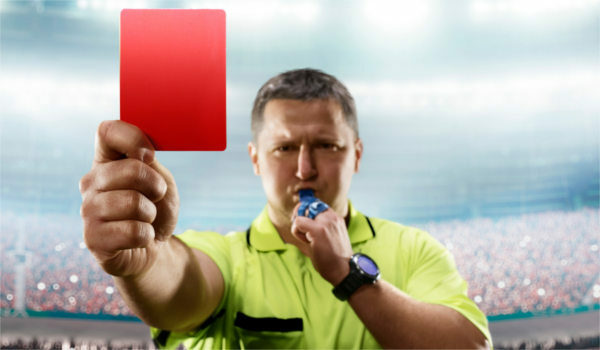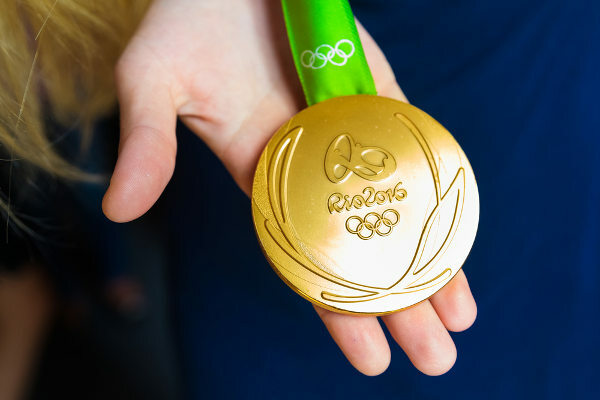The creation of footvolley is due, curiously, to the attempt to circumvent a law on Rio's beaches. Let me explain: in the mid-1960s, the practice of soccer had been banned on the beaches of Rio de Janeiro. In fact, any sport that did not use a net and a securely delimited space could not be practiced there.
Thanks to the imagination of some lovers of soccer practice in the sand, they decided to play their soccer on a beach volleyball court, a sport that was allowed. That's how Tatá, Ralph, Luiz Fernando "Tananan", Airton, Adilton Brandão, Orlando "Pingo de Ouro", Feitosa, Frances, Carlson Gracie, Zé and Chico Brandão, Betão and Ricardinho Bedram began to polish this new modality. Gradually, the practice began to gain more followers, which included important players in Brazilian field football at the time, such as Dida and Vavá.
Roughly speaking, initially the game consisted of using the movements of the feet and head with the ball, a principle that remains until today. In addition, the number of practitioners in each team was not exactly precise: it was played in five people, in pairs and even alone, on each side of the court.
Currently, footvolley is a very structured sport, with very clear rules, as will be seen below:
- The dimension of the court is 18 x 9 meters, cut by a net exactly in half. In addition, there must be a clear area of at least 3 meters beyond the demarcation lines and 8 meters above the ground. In official competitions, the boundaries of the free zone are even wider: five meters beyond the sideline, eight meters beyond the end line and twelve meters above the ground;
- The floor of the court must always be made of sand, preferably very level and always free of sharp objects that could hurt the athletes. Officially, the floor sand must be of the fine type;
- The net measures 9.5 meters long and 1 meter wide, made of a 10x10 cm checkered mesh. It must be placed at a height of 2.20 meters. A curiosity is that advertisements posted on the network are allowed during matches;
Do not stop now... There's more after the advertising ;)
- The ball used has a circumference between 68 and 70 centimeters and must be filled with pressure between 0.56/0.63 kg/cm. And it is important that, in the same game, all the balls used present exactly the same characteristics;
- Footvolley matches can be played in pairs (two players on each side of the court) or in teams of five people (one of which is a reserve);
- Official uniforms include a T-shirt or jersey and shorts or shorts, which may or may not be numbered – 1 and 2, for a pair, and 1 to 5, for the group;
- The game starts after the first service, which takes place as a result of the referee's whistle. The service must be executed through the touch with the feet and must cross the net from above, reaching the area of the opponent's court. The place for the service is called the “draw zone” and it ranges from the bottom demarcation line to the limit of the free zone;
- The demarcation lines are considered the playing area. Therefore, if the opponent's move causes the ball to fall on the demarcation line, the point is valid for the opponent;
- As in volleyball, the ball must be played between one and three times before returning it to the opposing team. Touching can be performed with any part of the body, with the exception of the arms, forearms and hands;
- Generally, matches are made up of three sets, with 15 points each.
To know more:
Footvolley: the official website – www.futevolei.com.br
Brazilian Footvolley Confederation – www.cbfv.com.br
By Paula Rondinelli
Brazil School Collaborator
Graduated in Physical Education from the São Paulo State University “Júlio de Mesquita Filho” – UNESP
Master in Motricity Sciences from the São Paulo State University “Júlio de Mesquita Filho” – UNESP
PhD student in Latin American Integration at the University of São Paulo - USP


